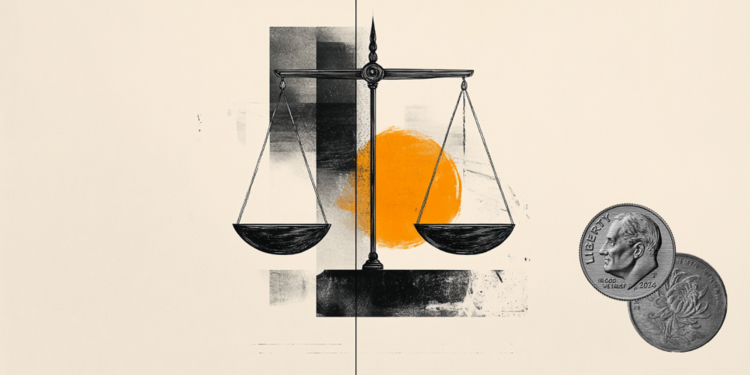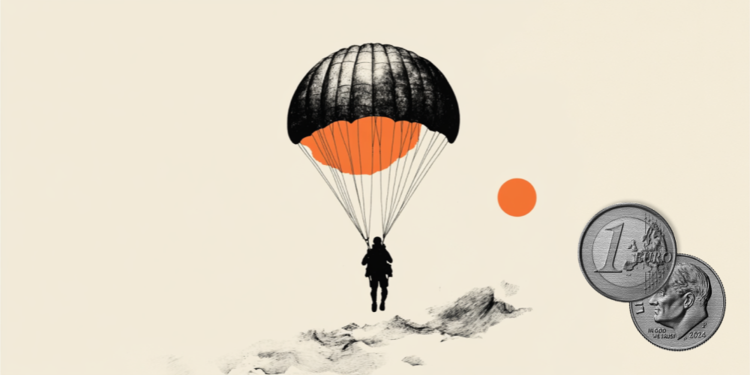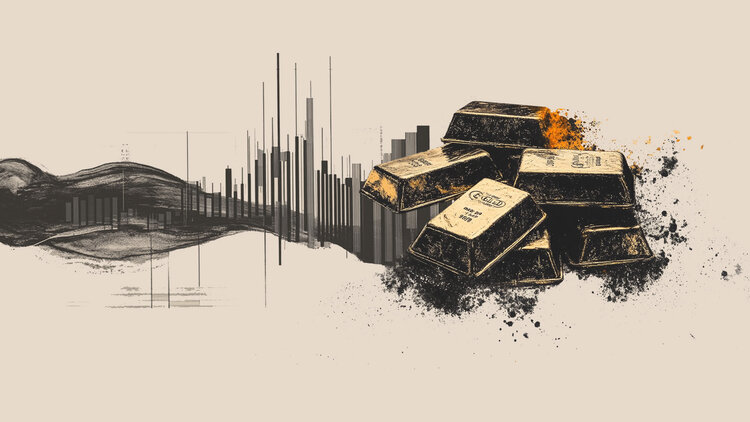- EUR/GBP is gaining ground near 0.8570 in early European trading on Wednesday.
- UK annual CPI rose 2.2% in July versus 2.3% expected.
- Investors will be keeping an eye on Eurozone second-quarter GDP data on Wednesday.
The EUR/GBP pair is up near 0.8570 during the early European session on Wednesday. Cable is losing traction following the UK Consumer Price Index (CPI) inflation data for July. Investors are awaiting the Eurozone Gross Domestic Product (GDP) for the second quarter (Q2), which will be released later in the day.
Data released by the Office for National Statistics on Wednesday showed that the UK CPI rose 2.2% year-on-year in July, compared with 2.0% in June. This figure was below the market consensus of 2.3%. Meanwhile, the core CPI, which excludes the volatile food and energy items, rose 3.3% year-on-year in July versus 3.5% previously, worse than the forecast of 3.4%. The softer UK CPI inflation report exerts some selling pressure on the British Pound (GBP) as it has triggered the expectation of an interest rate cut by the Bank of England (BoE) in August.
On Thursday, traders will focus their attention on the UK’s Gross Domestic Product (GDP) for the second quarter (Q2), which is projected to grow by 1.0% year-on-year. On a quarterly basis, the GDP figure is forecast to grow by 0.6% in the second quarter.
On the Euro front, Eurozone Gross Domestic Product (GDP) for the second quarter (Q2) will be released. The Eurozone economy is estimated to grow by 0.3% quarter-on-quarter and 0.6% year-on-year in the second quarter. Weaker-than-expected GDP growth figures could weigh on the Euro (EUR) and limit the downside of EUR/GBP.
Inflation FAQs
Inflation measures the rise in prices of a representative basket of goods and services. Headline inflation is usually expressed as a percentage change month-on-month and year-on-year. Core inflation excludes more volatile items such as food and fuel, which can fluctuate due to geopolitical and seasonal factors. Core inflation is the figure that economists focus on and is the target level for central banks, which are mandated to keep inflation at a manageable level, usually around 2%.
The Consumer Price Index (CPI) measures the change in prices of a basket of goods and services over a period of time. It is usually expressed as a percentage change month-on-month and year-on-year. The core CPI is the target for central banks as it excludes the volatility of food and fuel. When the core CPI exceeds 2%, interest rates typically rise, and vice versa when it falls below 2%. Since higher interest rates are positive for a currency, higher inflation usually translates into a stronger currency. The opposite is true when inflation falls.
Although it may seem counterintuitive, high inflation in a country drives up the value of its currency and vice versa in the case of lower inflation. This is because the central bank will typically raise interest rates to combat higher inflation, which attracts more global capital inflows from investors looking for a lucrative place to park their money.
Gold was once the go-to asset for investors during times of high inflation because it preserved its value, and while investors often still buy Gold for its safe haven properties during times of extreme market turmoil, this is not the case most of the time. This is because when inflation is high, central banks raise interest rates to combat it. Higher interest rates are negative for Gold because they increase the opportunity cost of holding Gold versus an interest-bearing asset or putting the money in a cash deposit account. Conversely, lower inflation tends to be positive for Gold as it lowers interest rates, making the shiny metal a more viable investment alternative.
Source: Fx Street
I am Joshua Winder, a senior-level journalist and editor at World Stock Market. I specialize in covering news related to the stock market and economic trends. With more than 8 years of experience in this field, I have become an expert in financial reporting.







